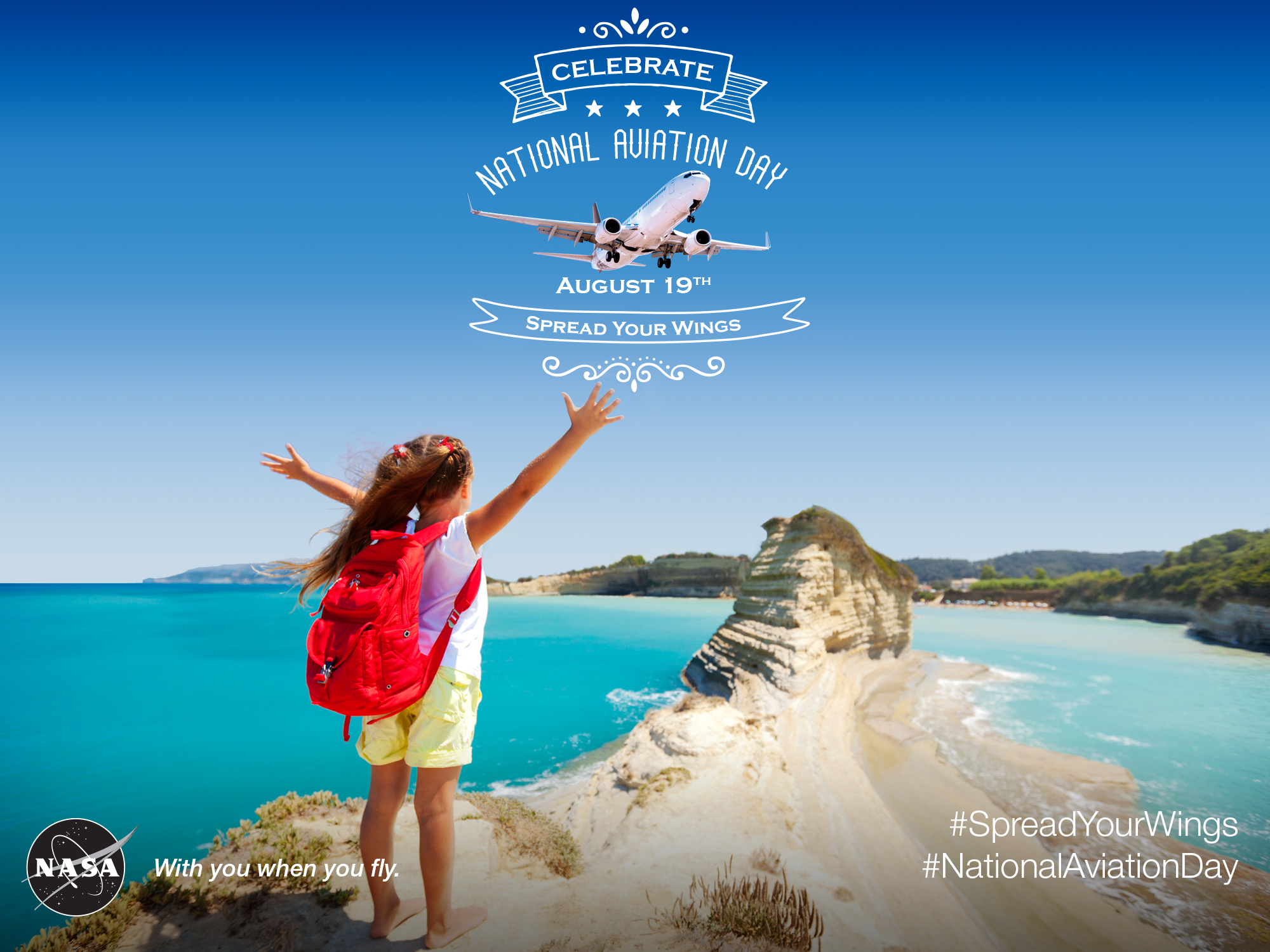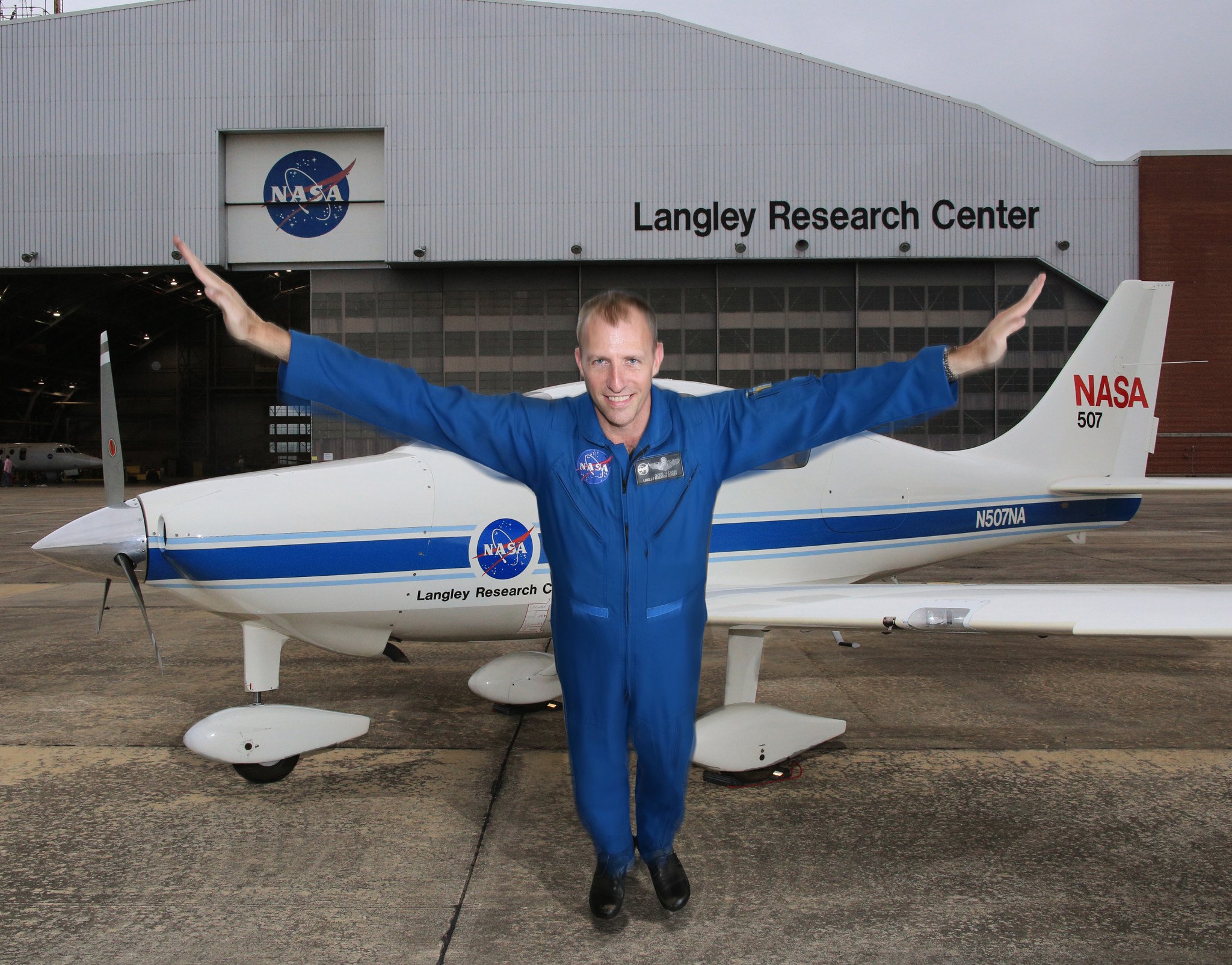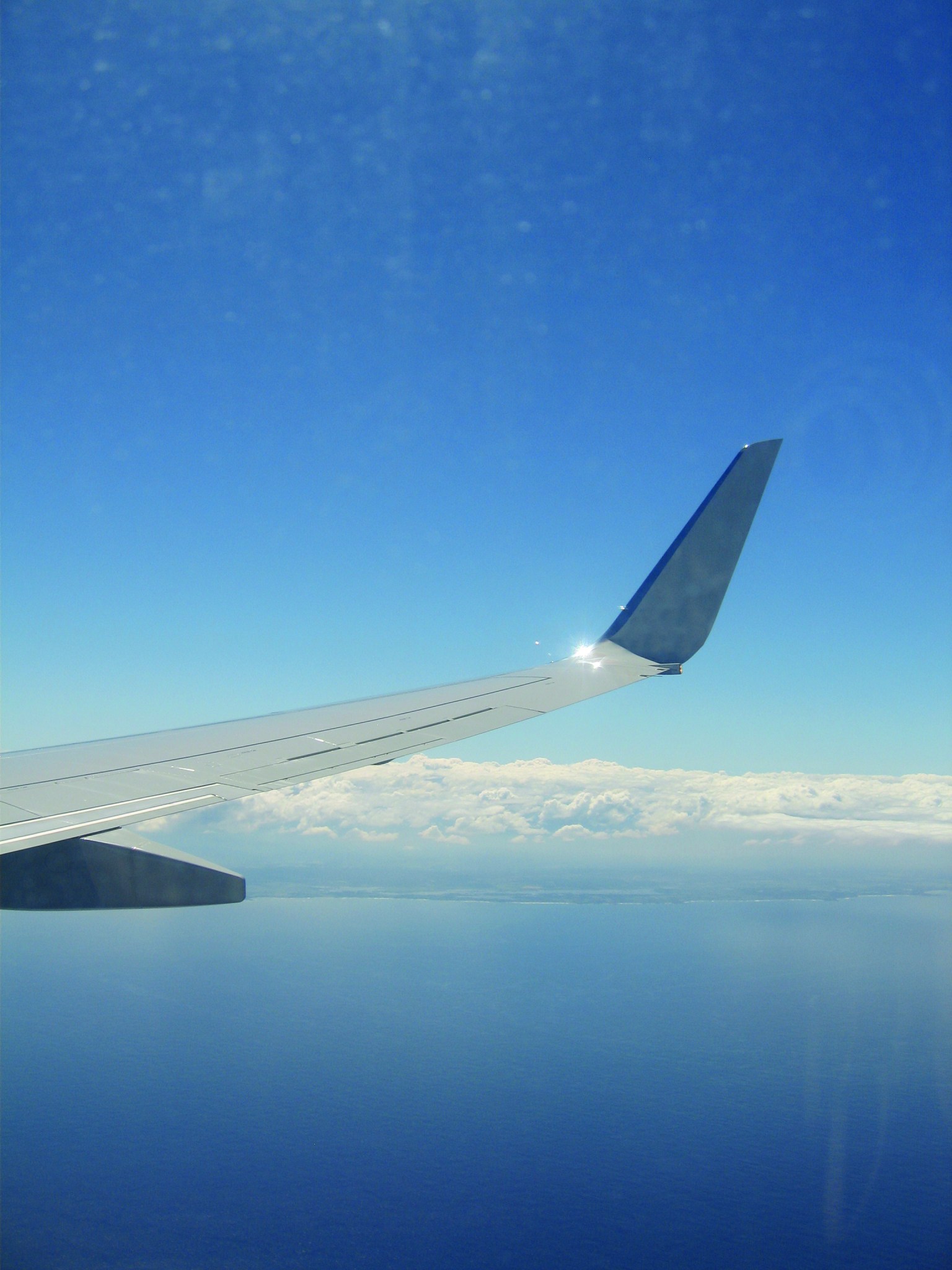Whether it’s because you received an overnight shipment, travelled by air to visit friends or relatives, or your job is part of the multi-trillion-dollar global aerospace industry, aviation touches all of our lives every day.
It’s something worth celebrating.
In fact, long before there were commercial jet airliners, President Franklin D. Roosevelt thought so too. In 1939 he issued the first presidential proclamation designating Aug. 19 as National Aviation Day.
Why that date in particular? That’s the birthday of Orville Wright, one half of the legendary Wright Brothers who invented the airplane and drove the first heavier-than-air flying machine into the skies over Kitty Hawk, NC in 1903.
Orville was still alive when FDR issued the directive, which directed federal buildings and installations to fly the U.S. flag, and in honor of the holiday encouraged citizens to observe the day with activities that promote interest in aviation.
That’s a pretty cool birthday present.
So how will you be a good citizen and observe the day as indicated by the President? Here are ten of our favorite suggestions:
1. “Spread Your Wings.”
Have someone take a picture of you and your friends or loved ones stretching out your arms like the wings of an airplane. (For extra brownie points use your hands to make winglets – one of NASA’s many contributions to aviation.) Tell us how you’re celebrating flight on Wednesday, August 19th. Post your photo to Twitter, Facebook, Instagram, Google+, or any other social media. Be sure and tag it with #SpreadYourWings or #NationalAviationDay so we see it! Your photo could be selected and highlighted at www.nasa.gov/aeronautics (check back on Thursday, August 20th).
2. Remember that NASA is with you when you fly.
Are you traveling by air today or anytime soon? After you settle into your assigned seat, buckle up, make sure your seatback and folding tray are in their full upright positions, and then take a moment and think about NASA. Why? Well it might not be immediately visible to you, but every U.S. aircraft and air traffic control tower in operation today use some kind of NASA-developed technology.
Before you take off, glance into the cockpit. See all the electronic displays? They make up what’s called the “glass cockpit.” NASA did early testing on using the displays to replace heavier and outdated dials and gauges.
Now, look out your window. See the vertical extension on the tip of your airplane’s wing? That’s a “winglet.” It was originally tested and developed by NASA as a way to reduce drag. In use now for nearly 15 years, winglets have saved billions of gallons of fuel, according to industry. And they even reduce aircraft noise a bit.
Then there are the things you won’t see. It may be a piece of technology buried deep within your jet engine to help it run more efficiently, or it could be computer software installed in air traffic control centers to help controllers manage your flight, gate-to-gate, more efficiently with reduced delays, all in a way that’s more Earth friendly.
3. Visit your local science museum or NASA visitor center.
Exhibits about aviation and on how an airplane flies are popular staples of local science museums. Check out your local science center to see how they handle aviation, and even if they don’t, it never hurts to spend some time learning about science. And if you live within a short drive from Norfolk, VA; Cleveland, OH; or San Francisco, CA, you might consider checking out the visitors centers associated with NASA’s Langley Research Center, Glenn Research Center, or Ames Research Center, respectively. These major NASA field centers play host to the majority of NASA’s aeronautics research. (NASA’s Armstrong Flight Research Center, the fourth of NASA’s aeronautics centers, is located within the restricted area of Edwards Air Force Base, CA, so they do not have a public visitor’s center.)
4. Watch an aviation-themed movie.
There’s no shortage of classic aviation-themed movies available to watch in whatever format (DVD, streaming online, in the theater, etc.), from whatever source (Red Box, Netflix, your own library, etc.), and with whatever snacks (popcorn, nachos, Sno-Caps, etc.) are your favorite. We dare not attempt a comprehensive list because we wouldn’t be able to satisfy everyone’s tastes, but a few NASA aeronautics staff favorites include Jimmy Stewart’s “The Spirit of St. Louis,” Disney’s “Planes,” the ,” the documentary “One Six Right: The Romance of Flying,” and the recent National Geographic IMAX spectacle “Living in the Age of Airplanes.“
5. Take an introductory flight lesson.
Pilots will tell you there is a wonderful sense of freedom in flying, not to mention the incredible views and the personal sense of accomplishment that comes from mastering the skills required to fly. At the same time being a pilot is not for everyone – but you won’t know unless you try! Most general aviation airports in the nation have a flight school that offers an introductory flight lesson at a discounted price. Many airports have flying clubs that will introduce you to flight. You also might check to see if there is a Civil Air Patrol in your area. And if you want a taste of flight without leaving the ground, computer desktop flight simulators such as Microsoft Flight Simulator X or X-Plane 10 are popular choices and can get you into the virtual sky in short order.
6. Build an airplane
Why not? It doesn’t have to be big enough to actually fly in – although homebuilt airplane kits are available if you have the money, time and perseverance to complete the job. Putting together a smaller plastic model kit of one of the world’s most historic aircraft can be just as rewarding and just as educational, especially for younger kids who might be thinking about a career as an engineer or aerospace technician. In fact, many astronauts will tell you their love of aviation and space began with putting models together as a child. Another idea: Grab some LEGO bricks and build the airplane of your dreams, or perhaps one based on real NASA work like these folks did. Or make it easy on yourself, fold a paper airplane and shoot it across the room. Sometimes simple works best.
7. Tell us about your first flight
For National Aviation Day in 2014, NASA asked for people’s stories about their first flights. We received some great ones, so we’re inviting you again to post your first flight story. Be sure to use #NationalAviationDay so we find you. Tell us about the first time you took to the air. Where were you traveling? Why? Do you remember what kind of airplane it was? Were you thrilled, or a little scared? Let us know!
8. Follow what we’re doing to transform aviation.
NASA’s aeronautical innovators are working to transform air transportation to meet the future needs of the global aviation community. Sounds like a big job, right? It is and there are many ways in which NASA is doing this. Improving an airplane’s aerodynamics, reducing the amount of fuel used by airplanes, making airplanes of all sizes quieter, decreasing the amount of harmful emissions released into the atmosphere, working with the Federal Aviation Administration to improve the efficiency of air traffic control – the list could go on for many thousands of more words. Bookmark our NASA Aeronautics topic page and follow us on Twitter @NASAaero.
9. Visit your local library or download a NASA e-book
Aviation-themed books, whether fact or fiction, are all over the shelves of your local library – literally. That’s because there’s no single Dewey Decimal number for aviation. A book about aviation history will be in a different section of the library than a book about how to design an airplane. And fictional books such as the Arthur Hailey classic “Airport,” or autobiographies such as Chuck Yeager’s “Yeager,” are off on yet another shelf somewhere else. Don’t hesitate to ask your reference librarian for help. And when you get back from the library, or while still there, jump online and check out the NASA e-books you can download for free.
10. Have a plane spotting picnic near an airport.
At Washington Reagan it’s Gravelly Point. In Minneapolis it’s Post Road. If you live near a major international airport, chances are you know the best place where the locals can go to watch aircraft take off and land. Be sure to take heed of any security restrictions about where you can and can’t go. But once you have your spot picked out then load up your picnic basket with lots of good stuff and camp out next to the airport for an afternoon of plane spotting. See how many different types of airplanes you can count or identify. For a truly up-close and personal experience, bring a scanner radio and listen in on air traffic control. This wikiHow page offers some helpful plane spotting tips.








































